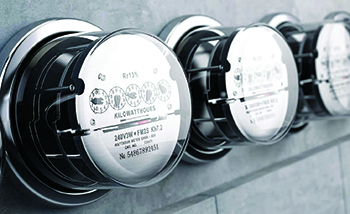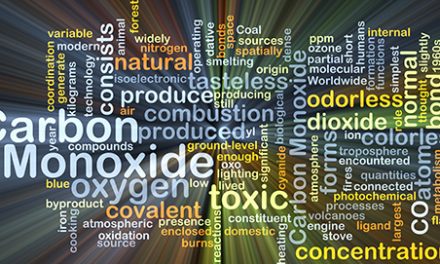Duct Air Leak Testing is a critical part of the mechanical construction process. Most commercial Duct Air Leak Testing (DALT) is specified to comply with ANSI/SMACNA 016-2012 HVAC Air Duct Leakage Test Manual. ANSI is the American National Standards Institute, and SMACNA is the Sheet Metal and Airconditioning Contractors’ National Association.

All federal construction projects require DALT per the Whole Building Design Guide (WBDG) Unified Facilities Guide Specifications (UFGS).
The UFGS provides the specifications for all federal military construction projects such as NASA, NAVFAC, and USACE. You’ll find DALT under Division 23 for mechanical construction, specifically under 23.05.03, which are the Testing, Adjusting, and Balancing specifications.
Survey Says …
In a 2016 survey conducted by the Building Commissioning Association, 75% of 300 respondents felt that duct air leakage was a substantial contributor to energy loss, and 74% of them felt that their HVAC systems had duct leakage of 15% or more.
Think about the cost involved.
For example, in 2022, the average cost of electricity per Kilowatt hour in the United States was 15.12 cents. Theoretically, a five-ton HVAC unit produces 60,000 Btus of cooling. If 15% of the output of a five-ton system was leaking into unconditioned spaces, that’s 9000 Btus an hour.
Let’s say on a commercial building, it ran for 12 hours per day. That’s a loss of 108,000 Btuh or 31.65 kWh per day. Using the 15.12 cents average cost, that’s $4.78 a day, or $1,195 per year, based on a five-day work week wasted on a single HVAC System.

leakage testing is more important than
ever, especially in states like California.
Now say there are 20 units in a retail space, office building, or educational facility: That’s $23,900 a year in wasted utility expenses. Granted, this is a generalization. However, the numbers I’m using are conservative. The average cost of electricity per Kwh can be as high as 40 cents in some parts of the country, and many systems have longer operational hours.
It’s Not Always All About Saving Money
Aside from the money wasted, imagine states such as California and Texas with higher cooling demand year-round and fragile energy grids where rolling blackouts are not uncommon.
If you can harvest even a fraction of this wasted energy, you can help avoid such blackouts. Since states such as California, New York, and many others rely more on electric heat, duct leakage testing becomes even more critical.
Click Below for the Next Page













Recent Comments